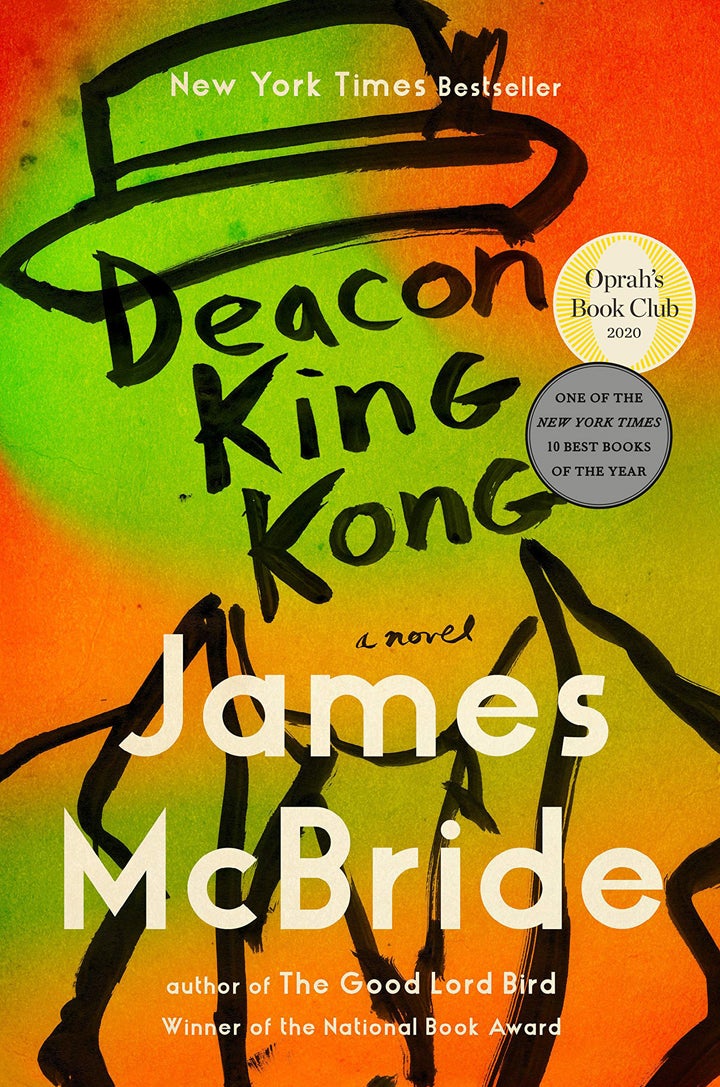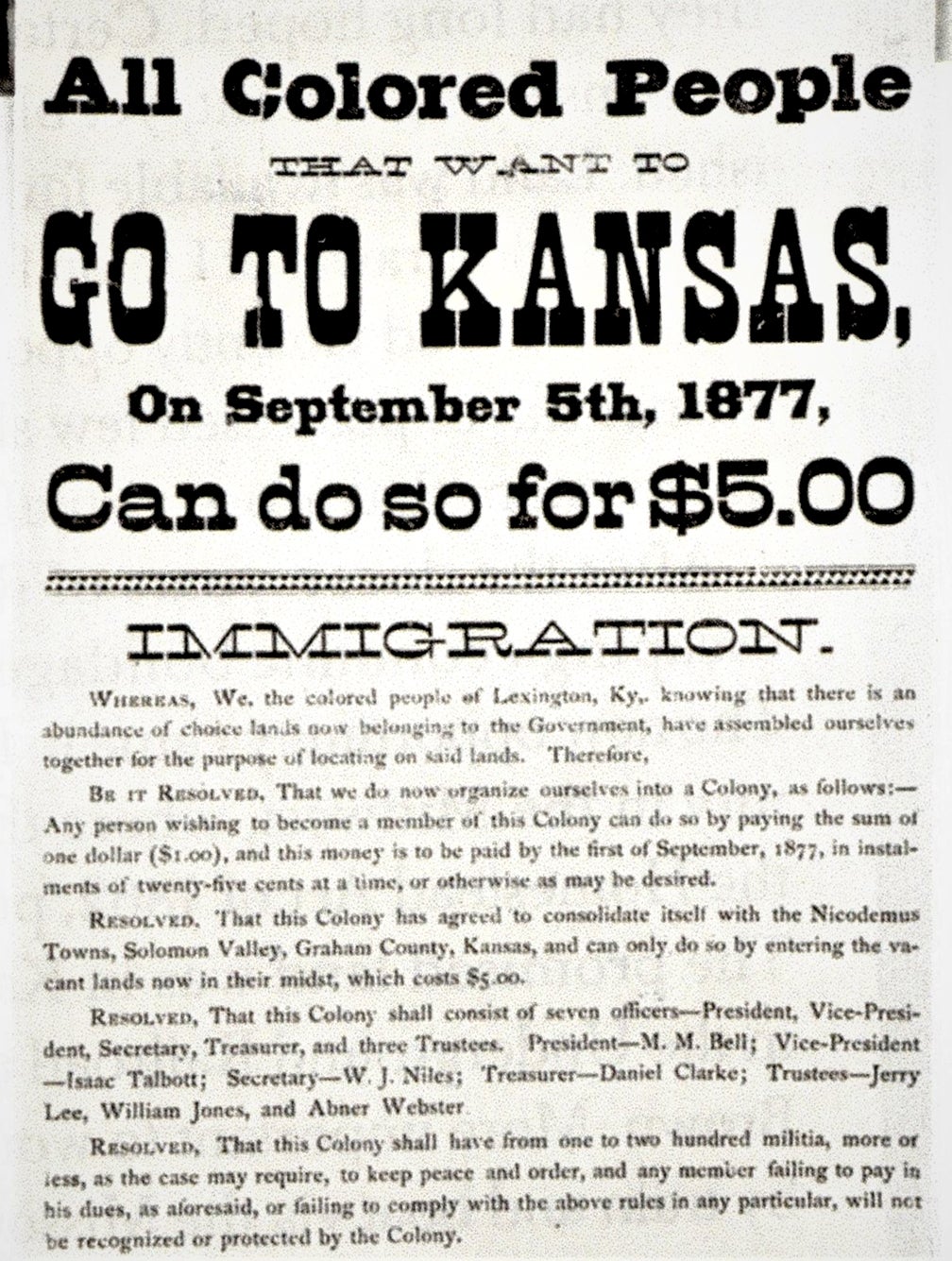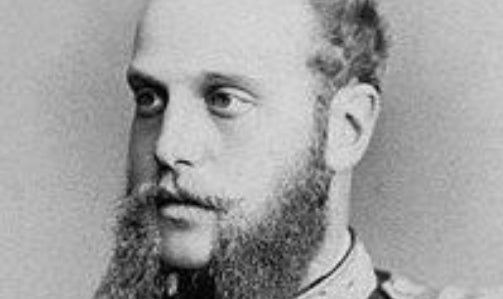“Deacon King Kong” by James McBride
Set in the housing projects of Brooklyn, “Deacon King Kong” is a true to life depiction of troubles faced by people in 1960s New York, surviving on meager incomes in a rough area known as the Five Ends. This location is a place well known to acclaimed author James McBride. Having grown up in that same city, it felt like he may have witnessed much of what is described firsthand.
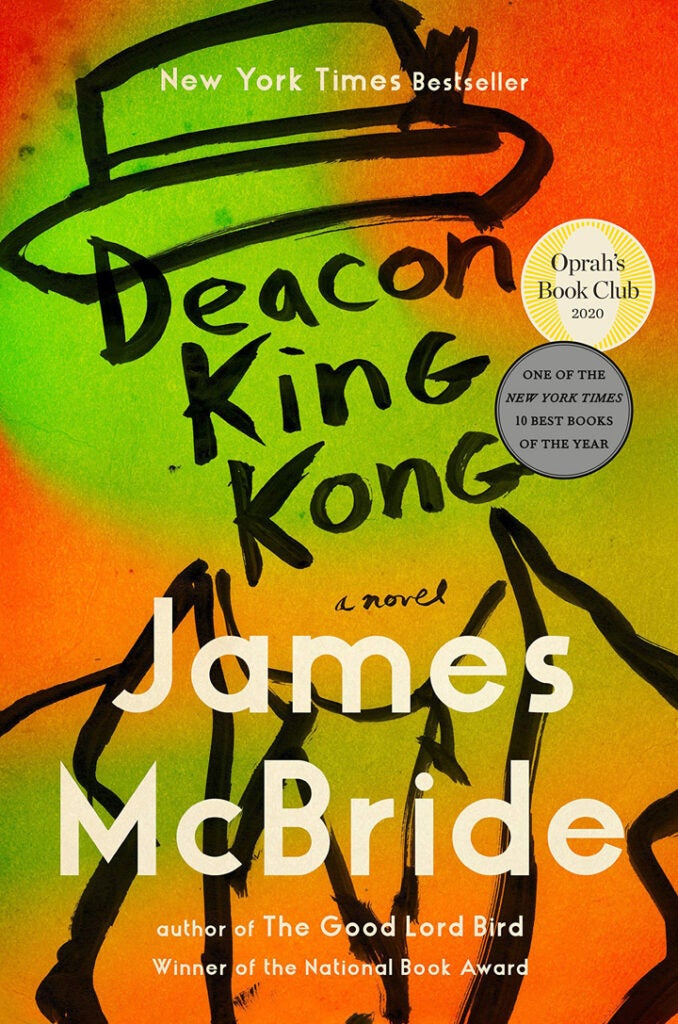
In reference to the title, “King Kong” is the best liquor in the projects. It’s an illegal brand of hooch, unmatched in the ‘hood — strong, mythic and as powerful as the beast it’s named after. Meanwhile, “Deacon” refers to the name of the main character — an old man who is a heavy drinker and jack-of-all-trades. He’s also the salt of the earth Deacon at his church, when dry. Deacon will certainly take you on a journey throughout this book. His dearly departed wife, Hettie, accompanies him during his most trying times, berating and haranguing him from beyond the grave.
The book is full of humor and complicated relationships as it explores an underworld of gangsters, hidden treasures and church folk. At times, it’s tragic, but McBride knows how to change the tone and mood throughout with his own brand of good-humored storytelling. I enjoyed reading all of the many side stories woven throughout. There are a lot of nicknames to remember, and it’s not an easy read if you put it down and try to pick it back up. It will take some time to get oriented to the whole story, but once you do, it’s a real page-turner with several unique surprises.
McBride adds a beautiful cadence and rhythm to his character’s speech. It’s musical, even poetic at times. All of the characters develop their own distinct personalities as you progress. I recommend the audio version as well. I began reading it strictly in print during the pandemic and found listening to it a different experience altogether. Dominic Hoffman is a superb narrator, if you choose the audiobook.
This was my first James McBride book. He became famous in 1995 for “The Color of Water: A Black Man’s Tribute to His White Mother.” He won the National Book Award in 2013 for a book called “The Good Lord Bird.” “Deacon King Kong” was named one of the top 10 books of the year in 2020, according to Oprah’s Book Club Picks. Overall, I thought it was a good read, and I do recommend it.
— Review by Matt Gilley, Paul Sawyier Public Library
“The Word is Murder” by Anthony Horowitz
Horowitz’s novel is a murder mystery set in contemporary London, but with an unusual twist — the author himself is one of the main characters.
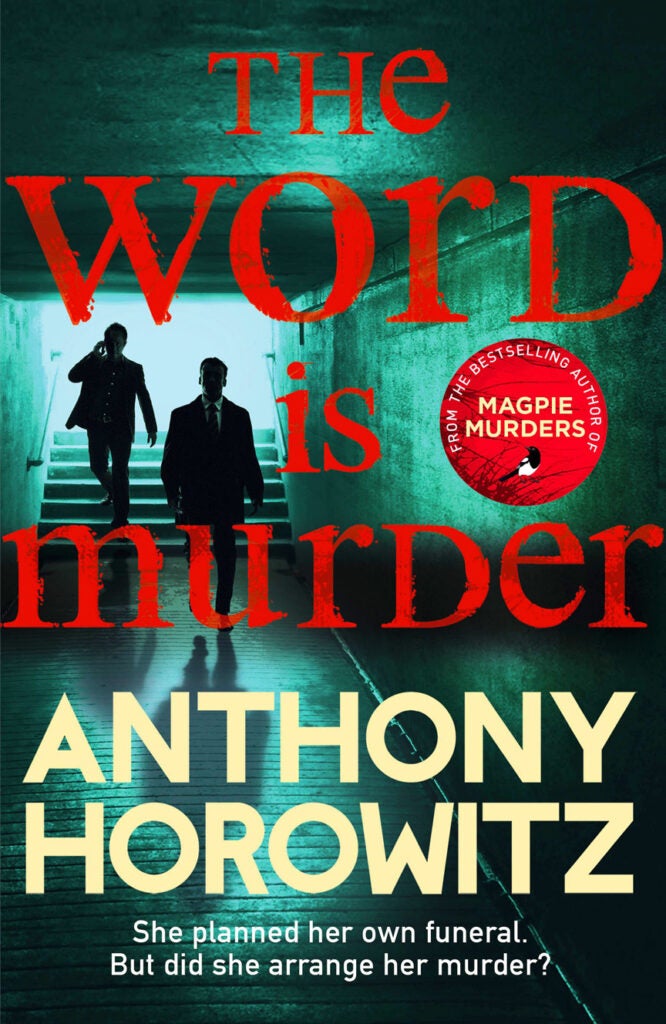
“The Word is Murder” opens with widowed Diana Cowper entering a funeral parlor to plan her own service. Six hours later, she’s found dead … a classic whodunit!
The police call on a disgraced ex-police officer, Daniel Hawthorne, to solve the case. Hawthorne reaches out to Horowitz to request that he follow the investigation to record and produce an honest depiction of police inquiries as well as write a sort of biography about Hawthorne.
What is entertaining about this book is that it is more than the mystery itself. This is the first novel this reviewer has read where the author has placed themselves as a narrator and character in their own book. The manner in which Horowitz does this is clever and entertaining. It’s also great because he writes about his career as the creator of Foyle’s War, working on the television series “Midsomer Murders,” and as the author of the teen series, “Alex Rider.” Very entertaining and well worth reading. The first in a series with Hawthorne and Horowitz. Highly recommended.
— Review by Paul Sawyier Public Library staff
“Klara and the Sun” by Kazuo Ishiguro
When two of my staff said that I must read “Klara and the Sun,” I knew it would be an exceptional read. Ishiguro made his big splash with “The Remains of the Day,” which won the Man Booker Prize in 1990, and won the Nobel Prize for Literature in 2017 for a writer “who, in novels of great emotional force, has uncovered the abyss beneath our illusory sense of connection with the world.”
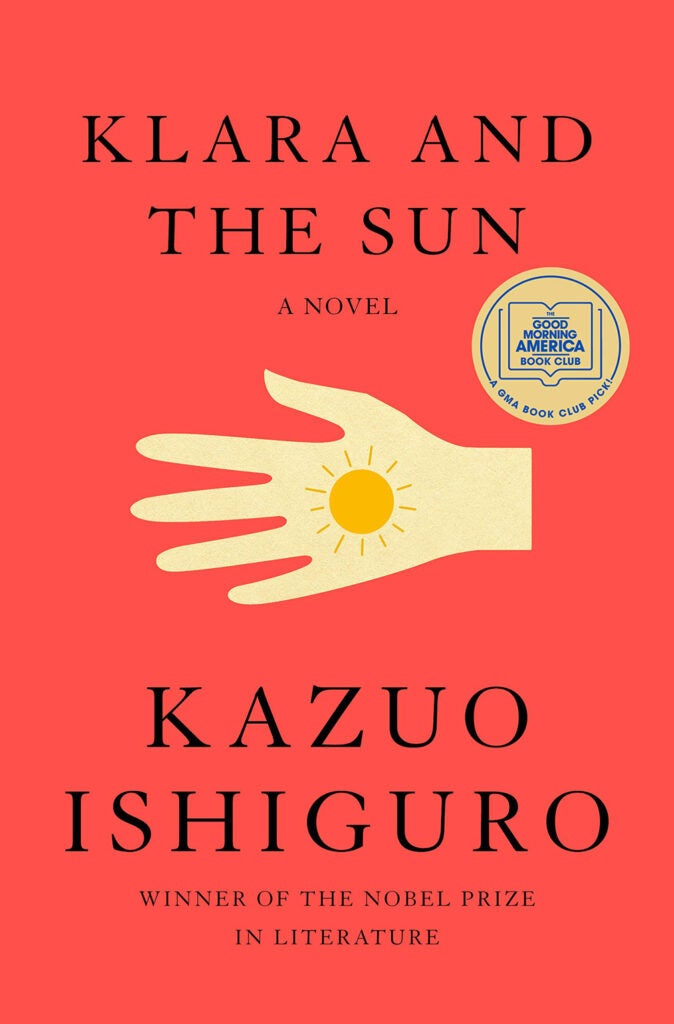
“Klara and the Sun” continues the examination of our connections to the world. However, this story is conveyed via Klara, an artificial friend or AF. Parents can purchase a robotic companion to ward off loneliness while their child pursues an education from home over a computer device.
Klara on display in the showroom has been moved from the prime selling area to a more obscure placement as newer models are featured. However, the shop manager notices that Klara has exceptional observation abilities and learns very quickly about the world around her.
Josie, a 14 year-old who is alone as well as sickly, chooses Klara and promises they will have great times and that her bedroom will allow Klara a daily view of the sunset. Klara who functions on solar power appreciates the kindness that Josie offers, even though the shop manager cautions that children can change their minds easily.
Klara observes Josie’s illness and wants to help. Knowing only the sun as a great source of power, Klara makes a bargain with the sun to heal the girl that involves a great sacrifice of herself. Josie’s mother has another idea of how to prolong her daughter’s life.
Ishiguro writes this cautionary tale of the near future in a very descriptive fashion.
Klara’s perceptions of the natural world are different from humans, but she often reaches the same conclusions. Ishiguro gives voice to the clone and not to the humans. At one point a human visitor asks if she is to be treated as a another human or as a vacuum cleaner.
Klara says, “The more I observe, the more feelings become available to me.” And I wonder if this isn’t the same way humans develop.
— Review by Lizz Taylor, Poor Richard’s Books
“The Girl from the Channel Islands” by Jenny Lecoat
Jenny Lecoat was born in the Channel Islands where members of her family had been deported by the Nazi army for resistance to the occupation of the islands. She wrote features for magazines, but later became a screen writer. Thus, this novel has a cinematic clarity of the struggles that the local residents endured during the war.
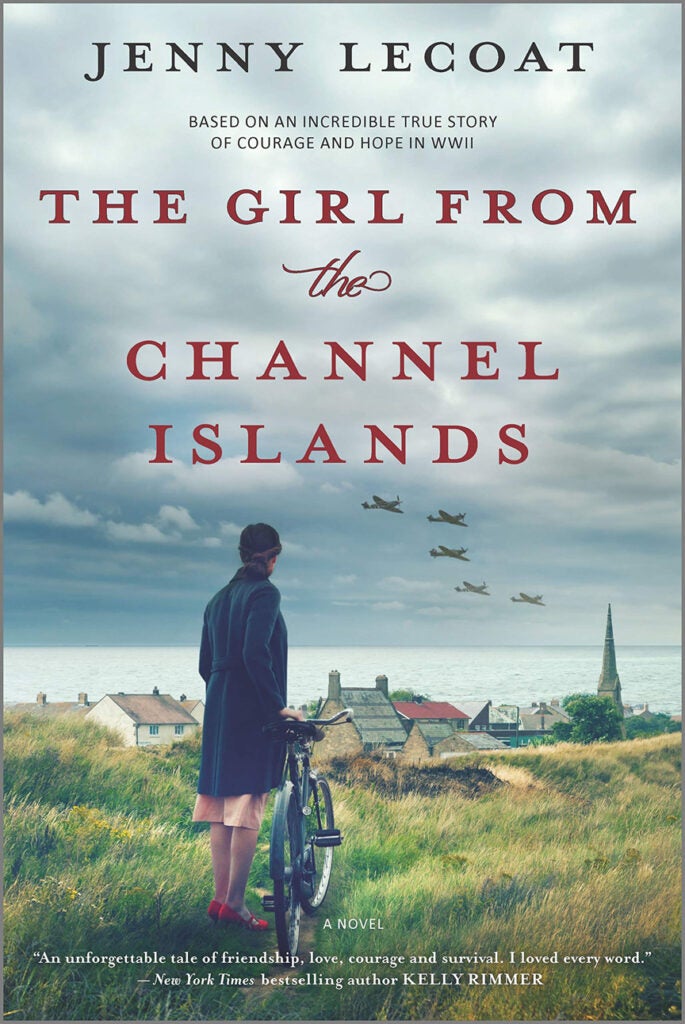
Hedy Bercu had fled Vienna before the Nazi occupation, but was stranded in the Channel Islands. She watches the skies for the German planes and is convinced the invasion is imminent. During the takeover, every citizen’s status is evaluated and Hedy is identified as a Jew. And if they so wanted, the Germans could have her deported to a camp in Germany.
Penniless, and with the shutdown of the economy, Hedy decides to hide in plain sight. She hears of a position as a translator for the Germans. Sickened that she has no other option, Hedy applies for the position. There are no other qualified candidates and Hedy is given the job.
Hedy notices that some of the islanders are paid for their cooperation with petrol coupons, and she decides she could confiscate a few to help out herself and a few friends.
Hedy knows that the danger to her increases each day. She uses her wits, and courage to survive, but she must also protect the community of her friends. She decides that life could no longer be measured in days or weeks, but in minutes. Against her better judgement, she seeks protection from one of the more friendly German officers.
Can Hedy turn against hate? Can she and her German officer have a relationship beyond the war?
This novel is based on an incredible true story, and has been well researched with Holocaust survivors, as well as islanders who shared their memories.
— Review by Lizz Taylor, Poor Richard’s Books

